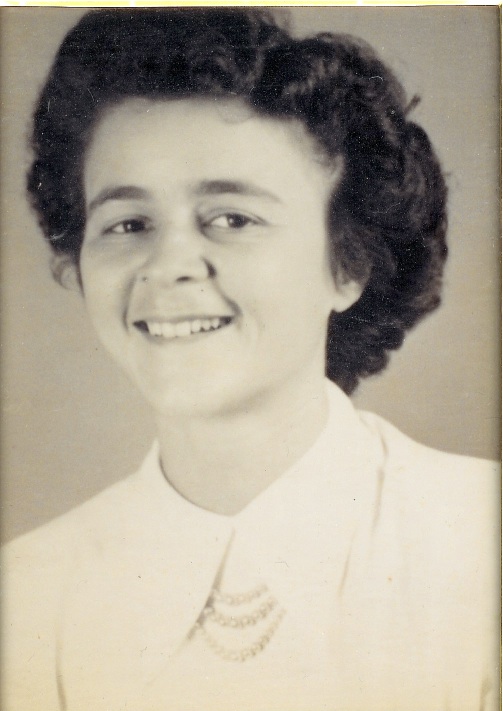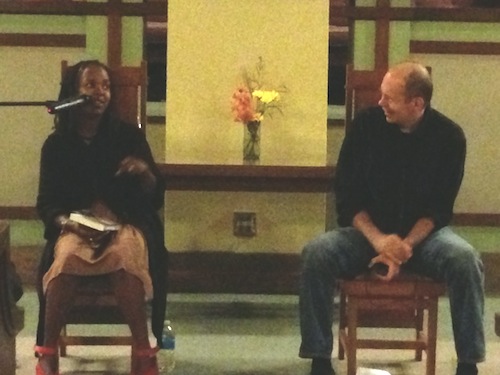Mondays with Mike: Reform this!
March 3, 2014 • 16 Comments • Posted in guest blog, Mike Knezovich, UncategorizedWarning: This endless winter has me cranky.
And I’m particularly cranky lately about the drumbeat of BS about education “reform.” And it is BS. Whether it’s Michelle Rhee and Students First, or what’s her name and Teach for America, charter schools (which in Chicago is just another avenue for political corruption), vouchers, school choice, selective admissions, magnet schools, Race to the Top, No Child Left Behind,” or whatever the latest magic bullet gimmickry, it’s all BS. Now this BS definitely serves the interest of some folks (they get big salaries, start their own foundations and pay them selves handsomely), but none of the beneficiaries are in classrooms.
Mostly these hucksters blame teachers and/or their unions. And you’ll see numbers from these con artists, and from lazy or naïve reporters who regurgitate them. But they are BS. They always look shiny on first pass, and none of them hold up to scrutiny. None. You can look it up.
Lots of folks pay better attention to this stuff than the mainstream press. Here are some sources I like, and if you have some time by all means use comments to share.
- Alexander Russo’s This Week in Education
- The Beachwood Reporter (not strictly an education site, but good work on Chicago schools)
- The daily howler
Let me share the most recent Chicago Public Schools debacle. It goes like this: There is a mandate to administer a version of a standardized test that is known to be outdated and not valid. A group of teachers has said they will boycott administering the test, and the Chicago Schools chief – Barbara Byrd Bennett – has threatened to revoke those teachers’ licenses.
I’ll spare any more detail and just say that Byrd-Bennett is the typical hired gun administrator hack who comes in to do the dirty work of her boss (in this case, Rahm Emanuel). And she isn’t even a resident of Illinois, let alone Chicago. Chicago teachers must reside in the city, and the system spends a lot of time and resources policing that policy.
Oy.
Anyway, back to “reform.” I’m all for meaningful numbers being part of decision-making, but numbers are a product of human conceit—tests are flawed and biased, there’s widespread corruption in test rigging (when Rhee was head of D.C. schools, she presided over and ignored a cheating scandal, and Atlanta is the latest example)—but somehow we fool ourselves into thinking they are objective. They are not. Numbers should inform judgment, but they are not a substitute for judgment made by experienced educators.
By educators, I don’t mean the likes of Secretary of Education Arne Duncan, who’s never spent a day running a classroom. There’s a whole class of these self-imagined masters of the universe who think you should run a school like a business. I got news for you: It’s not a business. It’s a lot HARDER than that, you bean counting MBA idiots.
I know this, because I am the son of a badass elementary school teacher who taught her whole life, and succeeded in spite of lame administrators and flavor-of-the-day fads. Let me tell you about Esther Knezovich (nee Latini). She did not work school day hours. At home she did mountains of bureaucratic paperwork, created materials for bulletin boards and special events, typed out mimeograph tests and handouts, and was on the phone constantly with kids’ parents.
I remember this vividly, because it left me feeling like, “What am I, chopped liver?” I felt the same way when we’d be at the local grocery store. A parent would corner her and I’d have to wait until they finished talking about that parent’s kid.
She didn’t always have summers off—sometimes it was summer school and others she took classes to maintain her credential.
She believed in the union and collective bargaining, but was not naïve enough to think all teachers were as committed. She tried to take young or foundering teachers under her wing. That was difficult, though, because the administrators by and large were a teacher’s nemesis, not his or her partner, and were often flunkies whose management style was to persecute particular teachers for one reason or another, and to do everything they could to pit teachers against each other.
And, from my own experience, I can tell you that I don’t remember principals or superintendents but I do remember every K-8 teacher I had, and most of my high school teachers. And you know what? Some were better than others, some were flaky; I really disliked some but somehow I made it. And not a one was incompetent. And not one of them kept me from learning if I wanted to.
That wanting to and being supported is a pretty big part of the equation; it’s obvious, yet we spend fortunes and too much time testing and testing to tell us this:
- Healthy neighborhoods and regions that are economically sound have solid schools.
- Poverty and crime riddled areas have poor schools.
Doh.
So what do we do? We play shell games with selective admissions and magnet schools, siphoning off the best students—who play a critical role in the culture of a school—writing off the neighborhood school, weakening it and the neighborhood.
Doh.
Here’s my non-data driven proposal for pretty much any school system, but especially for Chicago.
- Fire the top 2/3 of the administration. Arbitrary? Sure. What we’re doing isn’t working. Let’s take out top-heavy dead wood. We can always increase the ranks if needed, and probably, we’ll find we can get leaner still. (BTW, this absolutely has to be done in higher ed, where administrative bloat is largely responsible for ridiculous cost inflation.)
- Do one round of standardized tests early in the year, and one at the end. Or maybe just the end.
- You want to make teachers more accountable? Fine—but let’s give them back their classrooms. We want accountability from teachers on one hand, but we keep chipping away at their hegemony in their own classrooms. We dictate what they teach, how they teach it, how they test it. And then we change it. And we let parents treat teachers like they’re store clerks because flunky administrators want schools to be like businesses who serve customers. BS.
- If I were tsar-emperor, there would be no career administrators in policy-making positions. Classroom educators would be rotated in and out of those jobs (and no Ph.D.s necessary) for, say, three-year terms. It’d give them a kind of sabbatical from the front lines, a view of what the bigger picture looks like, and when they were making the sausage, they’d be doing it knowing they’d be eating it one day when they go back to the classroom.
- Finally, there would be no magnet schools (at least at the K-8 level) or selective admissions, only neighborhood schools. (Here, like testing, selective enrollment is riddled with insider corruption. Bruce Rauner—Republican candidate for Illinois Governor who doesn’t even live in Chicago—clouted his kid into an elite Chicago public high school with a $250,000 donation to it. And that’s just the latest example of rigged admissions.) If a school underperforms, it would be (doh) an indicator of the health of the local neighborhood. That school wouldn’t be punished; instead it would get more resources (tutors, teachers, social workers, day care, after school programs) not fewer. Ideally it would become the hub of the delivery of a broad range of services that would help lift up the school and its neighborhood.
I feel like I’m a conservative on this issue. We don’t need gimmicks. We don’t need to undercut teachers. We need a simple commitment – in will and resources – to make public education work.
OK, thanks, I feel better. But it’s snowing again.




